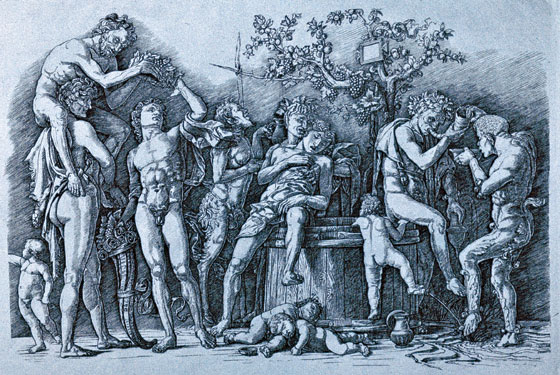
Too good to pass up. Here are a few choice nuggets or should I say sips. Cheers!
The Greeks drank wine constantly. The barbarian tribes that eventually ruined Rome were binge beer drinkers. Huns drank fermented horse milk; Anglo-Saxons drank mead and ale. Aztecs liked fermented sap, but had a legal drinking age (52) higher than their average life expectancy—although every four years they’d hold a New Year’s festival called “Drunkenness of Children,” at which all citizens, including toddlers, were required to drink. Before Europeans arrived, many Native Americans didn’t even have a word for drunkenness. (The Anglo-Saxon word for “plastered,” if you should ever need it, is beordruncen.)
For most of its history, alcohol has been considered as much a food as a recreational beverage. The pyramid builders got a daily ration of one and one-third gallons of beer. In medieval Europe, every child, parent, and grandparent “drank every day, and usually several times each day”; even monks were allowed up to eight pints. While Christianity adopted wine as a central holy symbol, the Koran banned liquor entirely—and yet it was Arab chemists who perfected the science of distillation, which produced a liquid they compared to mascara—in Arabic, al-koh’l.
During Prohibition, American moonshine-makers didn’t have time to age their spirits, so they faked the effect by adding dead rats and rotten meat. In sixteenth-century Japan, it was an insult to your host to stay sober, so guests who couldn’t drink would pretend to be drunk and even hungover “by sending thank-you letters deliberately late, written in shaky characters.” Elizabethan England had a pub for every 187 people. (By 2004, the country was down to one for every 529 people.) The Pilgrims’ Mayflower was actually “a claret ship from the Bordeaux wine trade.”
 Too good to pass up. Here are a few choice nuggets or should I say sips. Cheers!
Too good to pass up. Here are a few choice nuggets or should I say sips. Cheers!
No comments:
Post a Comment